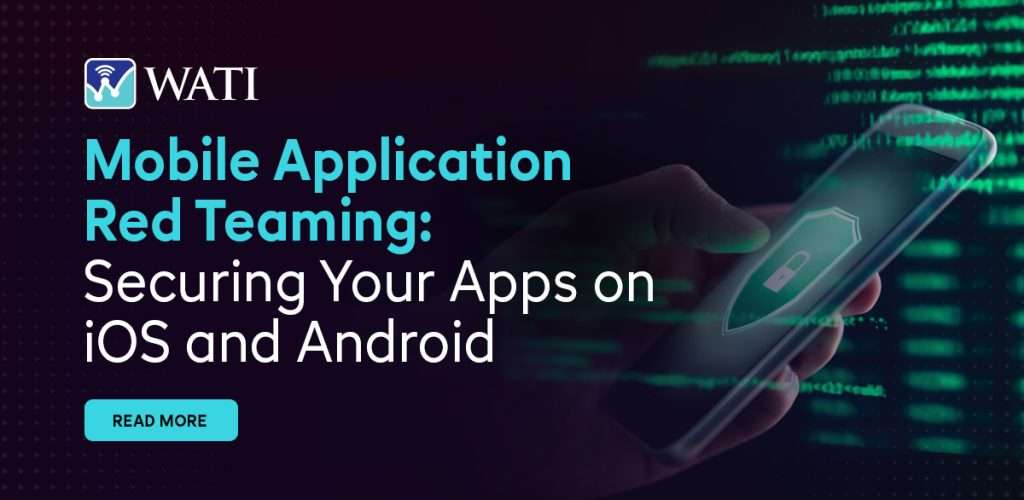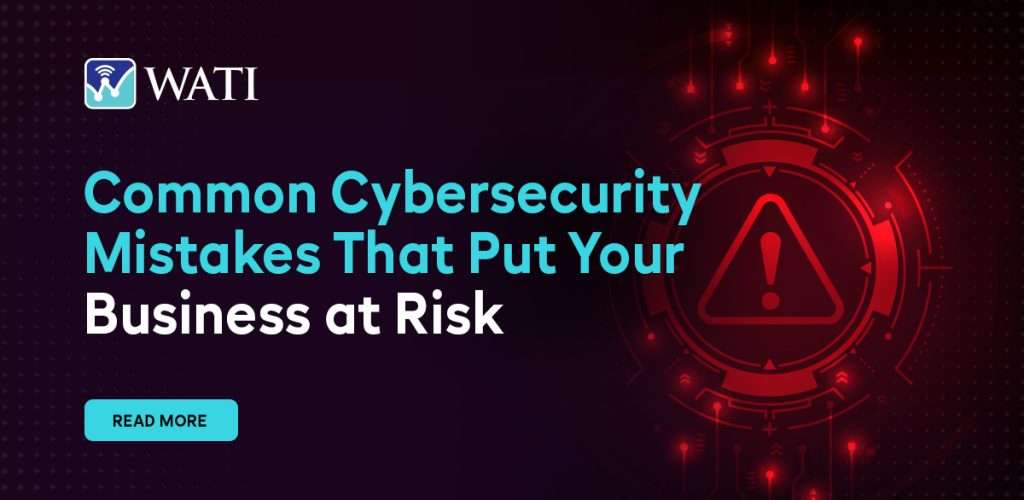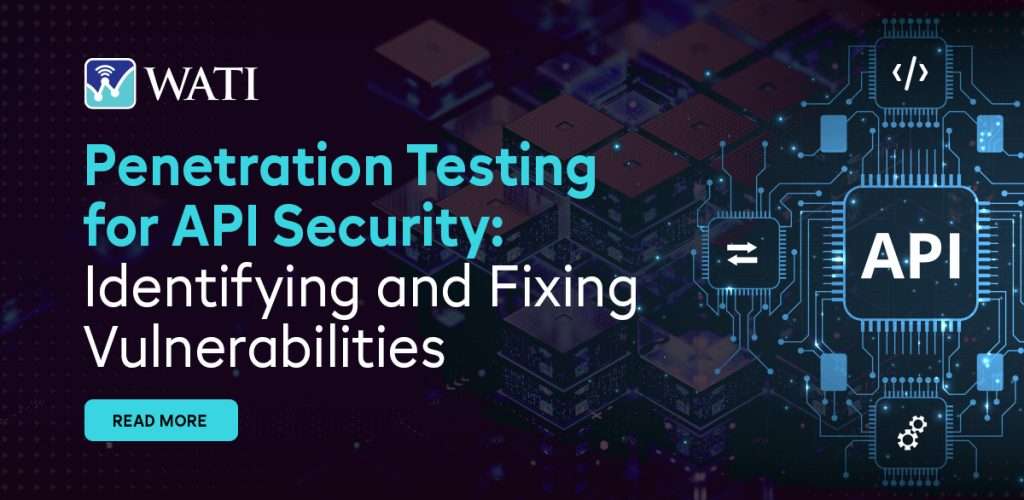Secure Your Cloud-Based Applications Today
As the adoption of Software-as-a-Service (SaaS) solutions continues to rise in 2025, securing cloud-based applications has become a top priority for businesses worldwide. Cyber threats targeting SaaS platforms are evolving, making SaaS Penetration Testing (SaaS Pentesting) an essential practice to safeguard sensitive data, maintain compliance, and prevent security breaches.
In this guide, we explore the key aspects of SaaS security testing, best practices, tools, and why businesses must implement regular penetration tests to protect their cloud-based applications.
What is SaaS Penetration Testing?
SaaS Penetration Testing is a structured approach to assessing the security of SaaS applications by simulating real-world cyberattacks. This process helps identify vulnerabilities, misconfigurations, and potential risks that attackers could exploit. Unlike traditional on-premise security testing, SaaS pentesting focuses on cloud-based infrastructures, APIs, multi-tenant architectures, and third-party integrations.
Key Aspects of SaaS Pentesting
1.Authentication & Authorization Testing
Ensuring secure authentication mechanisms like Multi-Factor Authentication (MFA), Single Sign-On (SSO), and OAuth-based authentication. Testing Role-Based Access Control (RBAC) to verify appropriate access privileges.
2.Data Protection & Encryption
Assessing encryption of sensitive data in transit (HTTPS, TLS) and at rest (database encryption, secure cloud storage) to prevent unauthorized access.
3.API Security Testing
Evaluating API endpoints for broken authentication, insecure data exposure, rate-limiting flaws, and input validation vulnerabilities.
4.Configuration & Misconfiguration Testing
Identifying security misconfigurations in cloud infrastructure, database permissions, open ports, and misconfigured storage buckets that could expose sensitive information.
5.Session Management & Token Security
Testing for session hijacking, cookie security, token expiration, and secure session handling to prevent unauthorized access.
6.Vulnerability Scanning & Exploitation
Running automated scans and conducting manual pentesting to identify and exploit vulnerabilities such as SQL Injection (SQLi), Cross-Site Scripting (XSS), and Remote Code Execution (RCE).
7.Third-Party Integration Security
Examining SaaS integrations with third-party services, plugins, and APIs to detect security flaws introduced by external dependencies.
8.Compliance & Regulatory Testing
Ensuring compliance with industry regulations like GDPR, HIPAA, ISO 27001, SOC 2, and PCI DSS through security assessments and risk mitigation strategies.
Benefits of SaaS Penetration Testing
- Proactive Risk Mitigation: Regular penetration testing helps businesses identify security flaws before attackers exploit them, preventing data breaches and financial losses.
- Ensures Regulatory Compliance: Organizations handling sensitive data must comply with security frameworks. Pentesting helps detect non-compliance issues before audits.
- Protects Customer Data: A security breach can expose customer PII (Personally Identifiable Information). Pentesting ensures robust encryption, access control, and data protection.
- Minimizes Downtime & Business Disruptions: Identifying and patching vulnerabilities prevents cyberattacks that could lead to service downtime, impacting customer trust and revenue.
- Improves Security Posture: A combination of automated scanning and manual exploitation testing provides a comprehensive security assessment, helping organizations strengthen their cyber defense strategy.
A Comprehensive Approach to SaaS Security
While many organizations use a mix of standalone security tools, a more integrated approach is often needed to address multiple security challenges efficiently.
WATI provides a comprehensive security solution by combining automated scanning, manual testing, red teaming, cloud security audits, API security assessments, and compliance testing in one streamlined framework.
Instead of relying on separate tools for vulnerability scanning, API testing, and compliance checks, WATI integrates them into a holistic cybersecurity strategy that aligns with industry best practices and regulations.
Why Consider a Holistic Security Solution?
- Comprehensive Security Assessments – Combining automated and manual testing to identify hidden vulnerabilities.
- Advanced Threat Simulation – Conducting real-world attack simulations to test SaaS resilience.
- Cloud Security & Compliance Audits – Ensuring AWS, Azure, and GCP security best practices.
- Dark Web Threat Intelligence – Monitoring exposed credentials and potential security risks.
- Regulatory Compliance Support – Aligning SaaS platforms with GDPR, ISO 27001, PCI DSS.
Conclusion
As cyber threats continue to evolve in 2025, SaaS penetration testing remains a crucial practice to protect cloud-based applications, ensure compliance, and secure customer data. Organizations must adopt regular pentesting to detect vulnerabilities before attackers exploit them.
Ready to Secure Your SaaS Platform?
Contact WATI today for a comprehensive penetration testing service tailored for SaaS applications.



